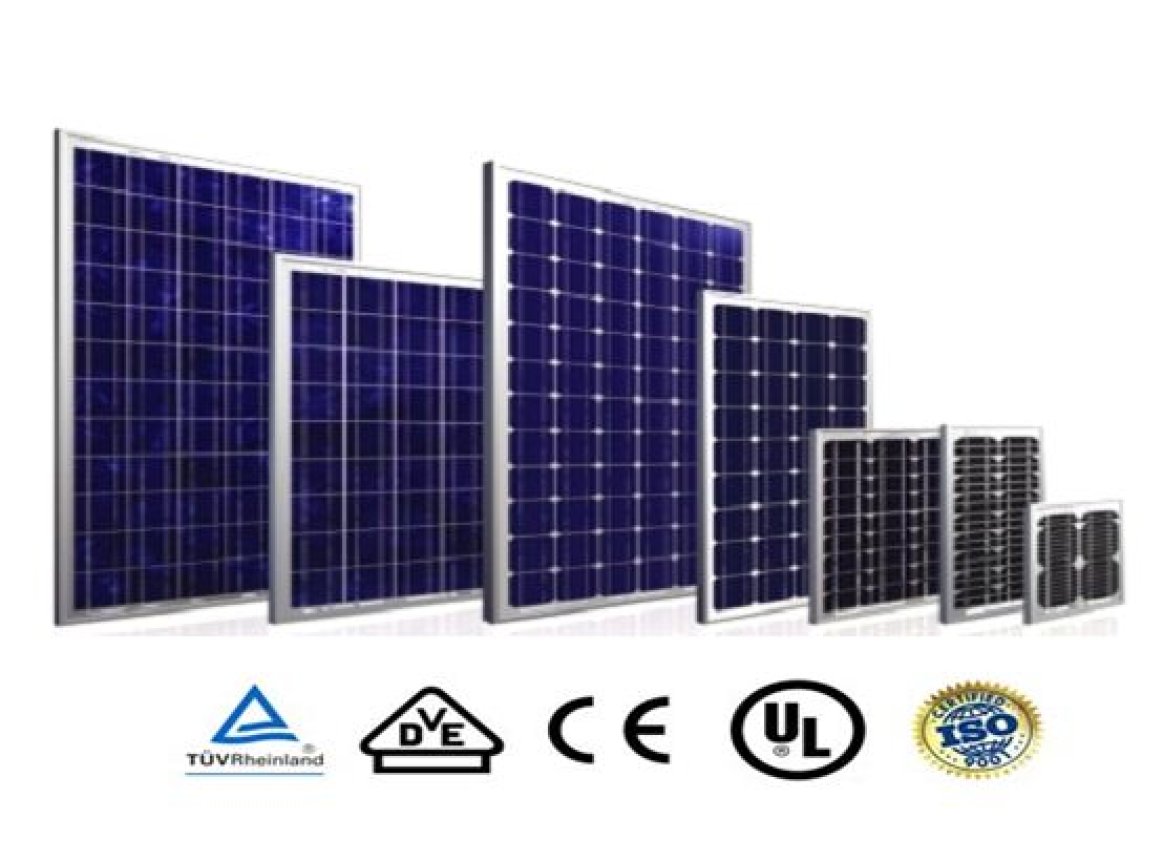
NRTL certification means your solar panels and solar modules conform to safety, health, and environmental standards as required by: NEC, OSHA, and the National Fire Prevention Association. NRTL Certifications differ by country or region.
Why do I need NRTL certified solar panels?
It is important to note that without NRTL certification in the United States:
a) Solar panels cannot be connected to a public grid
b) Government rebates & tax incentives will not be granted
c) Solar panel installation will not be OSHA approved
d) Insurance providers will not cover related damages
An exception to the above would be the Stand Alone /Off-grid solar array system, which have no public grid connection and do not qualify for rebates or tax incentives.
NRTL Certifications
Depending on your geographic location there are several certification marks or logos used to distinguish NRTL solar (PV) panels and solar (PV) modules.
Here’s a basic list for easy reference:
- UL 1703 – by Underwriters Laboratories is widely recognized in the United States and covers flat-plate photovoltaic modules/ panels. See also Code Authorities FAQs page.
- CE - Conformité Européenne certification mark for products in the European Economic Area
- IEC - International “Electrotechnical” Commission is a non-profit international standards organization for all electrical and electronic technologies. Common IEC marks include the following:
- IEC 61215
- IEC 61646
- IEC 61730
- IEC 60364-4-41
- IEC 62108
- IEC 61701
- ISO – International Organization for Standardization has established numerous standards relating to solar energy equipment primarily with regard to radiometric measurements and calibration. ISO certification works in conjunction with UL and IEC testing services.
- TUV – TUV Rhineland PTL similarly provides 60% of global testing and testing standards for solar (PV) technology certification.
- CSA - Test and certifies products to be sold in the USA and Canada as well as internationally from the North Americas.
- ETL – Electrical Testing Laboratory provides testing and certification services for solar (PV) panels and modules in North America, South America, Europe, Asia, Africa, and the Middle East.
Global Expansion and Recognition
Globally, NRTLs meet the following requirements:
a) Capability (including proper testing equipment and facilities, trained staff, written test procedures, and quality assurance programs) to test and evaluate equipment and products for compliance with test standards
b) Acceptable controls for the identification of certified products, conducting follow-up inspections of actual production
c) Complete independence from users and from any manufacturers or vendors of the certified products
d) Effective procedures for producing findings and for handling complaints and disputes
Qualified testing and certification laboratories are readily expanding throughout the world making certified solar panels and modules more available to consumers than those, which are not.
Alternative Options
“Homemade” or blemished solar panels are presently available but generally not much less expensive than those which are NRTL certified. These panels may not include the standard 25-year warranty, cannot be connected to a public grid, will not qualify for tax rebates and credits, will not be compliant with building/electrical code or insurance requirements, and may be a fire hazard.
At present NRTL certified solar panels and modules are a better investment than non-certified options for both commercial and residential usage.
Comments
In California when the California Energy Commission (CEC) puts panels on their list of eligible equipment are they also concidered a NRTL or do they just use the test labs results?
The CEC uses NRTL cetification as a criteria for their own certification, but they are not an NRTL.
Here are the Organizations Currently Recognized by OSHA as NRTLs in the United States:
(also known as CSA International)
(formerly Factory Mutual Research Corporation)
(formerly ETL)
(formerly UST-CA)
The last comment, brings out some of the points I was going to add, but it is hard to create a short summary of a complex certification schema. Well done.
UL (and CSA) are both publishers of standards and test houses. UL 1703 refers to the standard, as published by UL.
OSHA defines-controls what labs can be test houses and provide safety markings, and in some standards, controls which lab can test to which standard. SF_Solar has identified the complete list of OSHA labs, but not all of these labs can test and certify to all standards. (of the above list, I work with 11 of them).
A NRTL safety approval effectively validates your product is used appropriately, should be safe to you. Does not mean it will not fail, et cetera, but under reasonable stress, the result should not harm you or surrounding property.
Approvals (versus recognition, which requires greater restriction) defines to the manufacturer, not only it is safe, but conditions in documentation, materials and manufacuring procedures that must be maintained to keep this safe rating. The requirements of OSHA is that the safety organization, such as UL or Curtis-Straus, must inspected and validate these practices are maintained on an on-going basis.
Given the volumes we see, the cost to the manufacturer to do this is not significant. The start-up time and cost to get the listing is real, and requires some thoughtful management at the front end.
A NRTL safety approval, allows a local inspector (AHJ) have confidence that the parts you are using are safe.
(Aside, NRTL safety marking counterfeit is an issue I have and do deal with, but I am happy to say, I have not seen this issue in the PV market).
After this, we get in the details, in which I would be writing a book. So enough.